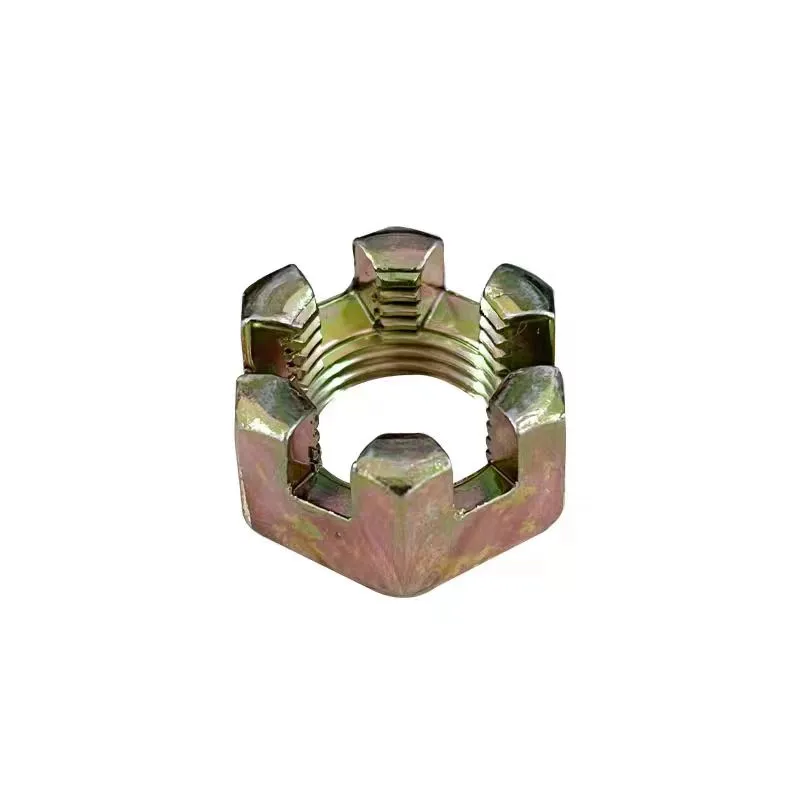

Techniques for Effectively Installing Self-Tapping Screws in Various Materials
Окт . 05, 2024 05:34 Back to list
Techniques for Effectively Installing Self-Tapping Screws in Various Materials
The Art of Driving Self-Tapping Screws
Self-tapping screws are an essential component in construction and manufacturing, designed to create their own holes while being driven into various materials. This innovative technology simplifies the joining of materials, making it a favorite among builders and DIY enthusiasts alike. Understanding how to effectively drive self-tapping screws is crucial for achieving optimal results in any project.
Understanding Self-Tapping Screws
Self-tapping screws come in various shapes and sizes, each engineered for specific applications. Unlike standard screws, which require a pre-drilled hole, self-tapping screws feature a sharp tip that allows them to penetrate materials directly. They typically consist of a screw with a pointed end and a thread that extends along the body, which allows the screw to cut through the material as it is driven in. This feature not only saves time but also eliminates the need for additional tools, streamlining the assembly process.
The Right Tools for the Job
To drive self-tapping screws efficiently, having the right tools is paramount. A power drill or an electric screwdriver equipped with a suitable bit is usually the best choice. The drill should have adjustable speed settings, allowing you to control the driving speed based on the material you are working with. For harder materials like metal, a higher speed may be necessary, while softer materials such as wood may require a gentler approach.
Choosing the correct bit is just as vital. For most self-tapping screws, a Phillips head or flat head screwdriver bit will work. It's essential to ensure the bit is the right size to prevent stripping the screw head while driving it in.
Driving Technique
driving self tapping screws

When driving self-tapping screws, the technique is critical for avoiding issues such as stripping or breaking the screw. Begin by positioning the screw at the desired location. If working with harder materials, it might be beneficial to make a small pilot hole to guide the screw. This small step can prevent excessive friction and make the process smoother.
Next, align the drill or screwdriver with the screw head and apply steady pressure while driving. If you feel resistance, pause and check the alignment to avoid bending or breaking the screw. Once the screw is fully driven in, ensure it's flush with the material surface for a clean finish.
Considerations and Best Practices
While driving self-tapping screws is straightforward, several best practices can improve effectiveness. Always wear safety goggles to protect your eyes from debris that may fly during the drilling process. Additionally, selecting high-quality screws is crucial; inferior screws can break more easily or lose their holding power over time.
Lastly, be aware of the material you are working with and match the screw type accordingly. For example, use metal screws for metal applications and wood screws when working with wood. This attention to detail will ensure the longevity and reliability of your assembly.
Conclusion
Driving self-tapping screws is a skill that enhances your ability to tackle various projects, from woodworking to metalworking. With the right tools, techniques, and careful consideration of materials, you can achieve professional results and ensure that your projects hold together securely. Whether you are a seasoned professional or a novice DIYer, mastering the art of using self-tapping screws can elevate your craftsmanship and efficiency in any project.
Latest news
-
Premium Fasteners Manufacturer | AI-Driven Solutions
NewsAug.01,2025
-
Hot Dip Galvanized Bolts - Hebei Longze | High Strength, Corrosion Resistance
NewsAug.01,2025
-
High-Strength Hot Dip Galvanized Bolts - LongZe | Corrosion Resistance, Custom Sizes
NewsAug.01,2025
-
Best Self Tapping Screws for Drywall - Fast & Secure Installation
NewsJul.31,2025
-
High-Strength Hot Dip Galvanized Bolts-Hebei Longze|Corrosion Resistance&Customization
NewsJul.31,2025
-
Hot Dip Galvanized Bolts-Hebei Longze Metal Products|Corrosion Resistance&High Strength
NewsJul.31,2025

